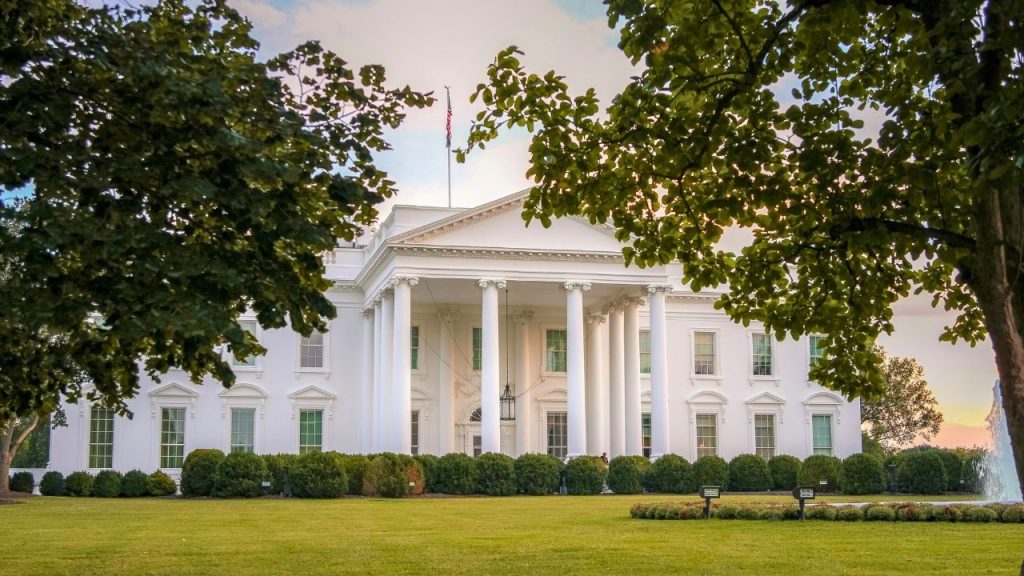In the 21st century, no pop culture figure looms as large as Taylor Swift. She’s not just a Grammy-winning singer-songwriter; she’s a phenomenon whose influence ripples through music, fashion, politics, fandom, economics, and even civic identity. But what explains America’s fascination with her? And what does it reveal about our times?
From Nashville Teen to Cultural Monoculture
Swift’s rise was gradual but consistent. She began as a 16-year-old country singer, independent and earnest, writing emotionally raw songs about her teenage life. Over nearly two decades, she’s redefined herself repeatedly from country to mainstream pop to indie folk and back, all while re-recording her old albums to reclaim ownership.
She embodies something rare: monocultural ubiquity. Few artists today span genres and generations so broadly. Her songs top charts, her tours sell out stadiums, and her image dominates social media. Her public persona (the Easter eggs, the re-creation of eras, the deeply personal lyrics) rakes in not just fans but fanaticism. Because of that, each album drop, relationship update, or fashion moment becomes a national talking point.
The Eras Tour & Economic Footprint
The scale of Swift’s influence is perhaps best illustrated by The Eras Tour. It’s been called one of the most prominent cultural phenomena of the 21st century. Its impact goes far beyond ticket sales. Cities hosting the tour experienced local economic booms: hotels, restaurants, merchandise vendors, local transportation all saw sharp boosts.
The money is staggering. The U.S. leg of The Eras Tour alone generated billions in economic activity. Swifties spent not just on tickets but on travel, lodging, elaborate outfits inspired by her “eras,” memorabilia, crafts, social media content, and branded food. The cultural obsession turns into real dollars, not unlike major sports events or festivals.
Engagement and the Parasocial Connection
Part of Taylor Swift’s cultural dominance comes from the way she engages with her audience. Unlike many celebrities who keep a careful distance from fans, Swift has cultivated an image of accessibility and intimacy. She “likes” fan posts, comments occasionally on TikToks, and has been known to send gifts or invite select fans to secret listening sessions.
This level of interaction blurs the line between artist and audience, creating what psychologists call parasocial relationships: one-sided connections where fans feel they know the celebrity personally. For Swifties, this feels empowering and affirming, as if they are part of an inner circle. It fuels loyalty and encourages fans to spend money, travel for shows, and participate in viral trends.
Her engagement strategy also drives the digital conversation. Each Easter egg she drops spawns thousands of fan theories on Reddit, TikTok, and X. Engagement becomes part of the art itself decoding clues, predicting set lists, or debating which “Eras” deep cut she’ll perform next. This participatory culture turns music releases into multi-week events and keeps Swift in the headlines long after an album drop.
In a fragmented media environment, Swift has mastered what brands and creators crave: consistent, passionate, and active engagement that converts followers into evangelists.
Identity, Nostalgia, and Emotion
One reason Swift’s pull is so strong is emotional resonance. Her songs often deal with heartbreak, love, betrayal, identity, all universal themes. Listeners feel as if she’s telling their story. That authenticity builds trust, loyalty, a feeling that Swift “gets” her audience. It goes beyond music; it becomes a soundtrack to youth, relationships, growth, heartbreak.
Also, there’s nostalgia at play. Swift’s eras are not just album cycles, they’re aesthetic universes. Fans collect, analyze, theorize, reconstruct bits of fashion, lyrics, visuals. The sense of belonging to something, an “era,” a community, a time, gives fans a way to connect, to escape from political fatigue, economic unsettlement, or just the speed of modern life.
Travis Kelce: Pop Culture Meets Pop Star
Taylor Swift’s personal life has always fascinated fans, but her engagement to NFL star Travis Kelce has turned that curiosity into a full-on media frenzy. Their relationship bridged two massive cultural spheres. Pop music and professional football pulling in audiences who might never have overlapped.
Televised NFL games saw spikes in viewership whenever Swift was in the stadium, and her presence was credited with bringing a surge of younger female fans to the sport. Now, with the announcement of their engagement, coverage has reached a fever pitch, dominating headlines across sports, entertainment, and lifestyle media.
For many, the engagement feels like the ultimate Swift era. The culmination of years of watching her turn heartbreak into art and seeing her finally arrive at a seemingly happy ending. For marketers and networks, it represents another cultural crossover moment, one that keeps Swift’s name trending and further cements her as America’s favorite storyline.
Swift as Activist and Brand
Swift is not just a performer, increasingly, she’s a cultural actor. She’s weighed in on politics, public policy, artist rights, and streaming economics. She’s earned praise from some corners and ire from others. But the fact that her opinions generate headlines means she’s more than a celebrity, a figure whose brand now intersects with activism and culture war.
Simultaneously, her brand is tightly controlled. Her marketing is savvy. Her album rollouts are events. Her social media engagement is strategic. The Easter eggs, the surprise releases and the re-recordings she orchestrates a narrative that invites participation. Fans don’t just consume; they decode, theorize, collect. It’s a kind of interactive fandom that feels participatory.
America’s Obsession With Taylor Swift
Taylor Swift is more than just a singer; she is a mirror for America’s cultural desires for authenticity, belonging, spectacle, and influence. In an era where media is fragmented and attention is the rarest currency, Swift has become a focal point for admiration, critique, and identity. Love her or find her overplayed, it’s clear she reflects something profound about who we are now and who we want to be.
Photo Credit: Taylor Swift (sergiifigurnyi/shutterstock)









